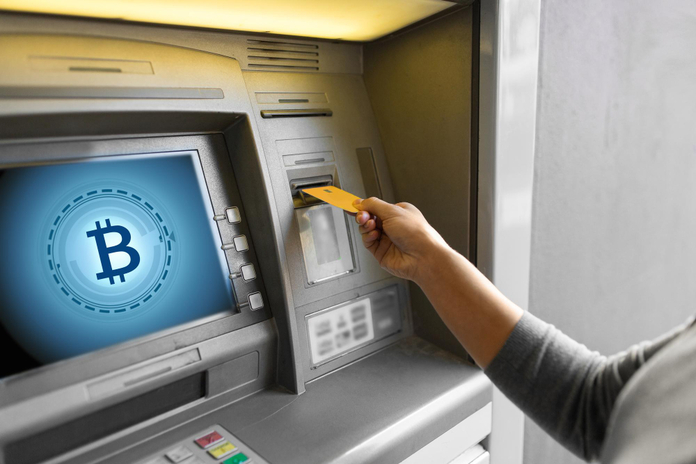Bitcoin ATM scams have surged dramatically in recent years, with Americans losing over $10 million per month to these fraudulent schemes in 2023 alone. According to a report from the Federal Trade Commission, fraud involving Bitcoin ATMs has increased tenfold between 2020 and 2023, costing U.S. residents $65 million in just the first half of the year. Unfortunately, the actual figure may be much higher, as many victims do not report their losses. The Bitcoin ATM scams disproportionately target older adults, resulting in significant financial harm, with a median loss of $10,000 per victim over the past six months.
How Bitcoin ATM Scams Operate
The methods behind Bitcoin ATM scams vary, but scammers often impersonate government or business officials, as well as tech support representatives. Nearly half of the reported incidents begin with a phone call, where the scammer pressures the victim into making payments via a Bitcoin ATM. Other tactics include fraudulent pop-ups, online ads, and emails pretending to be from reputable companies like Microsoft or Apple.
One common scam involves scammers pretending to be federal agents or bank representatives, warning victims that their bank accounts are compromised. The scammers then instruct the victims to transfer money to a “secure account” through a Bitcoin ATM. In another variation, scammers pose as utility providers, demanding payment via a nearby Bitcoin ATM to avoid service disruption. These tactics are designed to create urgency and fear, making it difficult for victims to think clearly before acting.
Scammers’ Preferences for Bitcoin ATMs
According to the FTC, scammers have a preference for specific Bitcoin ATM operators and often direct victims to particular ATM locations. These preferences may shift over time as crypto companies improve fraud prevention measures. However, once a victim scans the QR code provided by the scammer, the money is transferred directly to the scammer’s wallet, making recovery nearly impossible.
Bitcoin ATMs typically require users to scan a QR code that links the deposit to a specific wallet, which scammers exploit by sending codes directly to their victims. This method ensures that the funds are transferred instantly to the scammer, with no chance of reversing the transaction. The FTC report underscores the importance of warning potential victims, especially older individuals, about these risks.
Older Adults: The Primary Victims
A significant portion of losses from Bitcoin ATM scams comes from individuals over 60. Of the $65 million lost in the first half of 2023, $46 million, or 71 percent, was stolen from older adults. Scammers specifically target this demographic due to their unfamiliarity with cryptocurrency and Bitcoin ATMs, making them more vulnerable to these sophisticated frauds.
Although many younger individuals have also fallen victim to cryptocurrency fraud, especially through fake investment opportunities, the majority of BTM-related scams involve older people. This highlights the need for greater education and awareness to protect vulnerable populations from losing their hard-earned savings.
Protecting Loved Ones from Bitcoin ATM Scams
If you have an older family member or friend, it’s crucial to inform them about Bitcoin ATM scams and how they operate. Let them know that legitimate government agencies, utility companies, and tech support services will never ask for payment via a Bitcoin ATM. Encourage them to verify any suspicious calls or emails before taking action and to be wary of anyone requesting immediate payment under pressure.
Given the difficulty in recovering funds lost to Bitcoin ATM scams, prevention is the best strategy. Consider talking to older loved ones about safe financial practices, including avoiding cryptocurrency transactions unless they fully understand the process. Additionally, Bitcoin ATM operators, along with the businesses that host these machines, should consider posting clear warnings near their ATMs to alert users about potential scams.
Steps to Combat the Rise of Bitcoin ATM Scams
As Bitcoin ATM scams continue to rise, it may be time for regulatory authorities and the cryptocurrency industry to work together on stronger anti-fraud measures. Posting warnings at Bitcoin ATM locations is one step, but increased oversight and stricter security protocols may also be necessary to prevent scammers from exploiting these machines.
Furthermore, the supermarkets, convenience stores, and other businesses where Bitcoin ATMs are located should be encouraged to display clear, prominent warnings about the risks of using these machines for unsolicited transactions. These efforts could help reduce the number of victims and the staggering financial losses associated with these scams.
Featured Image: Freepik




